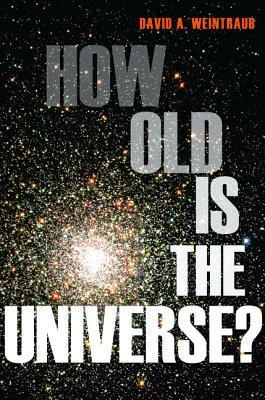
The First Three Minutes: A Modern View of the Origin of the Universe
Book Description
Imagine a universe born in an explosive flash, a vast emptiness igniting with an unimaginable energy—a cosmic drama unfolding in the first three minutes of existence. Renowned physicist Steven Weinberg takes readers on a breathtaking journey through the birth of everything, weaving together fundamental principles of physics, captivating theories, and profound revelations that reveal the universe's origins. Each moment pulses with tension as stars and galaxies emerge from chaos, shaping the very fabric of reality. As mysteries unravel and questions arise, one thought remains: what is our place in this grand cosmic narrative?
Quick Book Summary
"The First Three Minutes" by Steven Weinberg offers a captivating account of the universe’s tumultuous birth, tracing cosmic history from the explosive moment of the Big Bang through the rapid, formative first three minutes. Weinberg skillfully bridges complex physics concepts—such as quantum mechanics, particle physics, and cosmology—to paint a clear, accessible narrative for general readers. He explores nuclear reactions, matter-antimatter annihilation, and the origin of cosmic background radiation, which became critical fingerprints of our universe’s infancy. By intertwining scientific reasoning with historical context, Weinberg conveys not only the mechanics of cosmic formation but also humankind’s ongoing quest to understand our cosmic origins. The book instills a sense of wonder, addressing profound existential questions while grounding its explanations in empirical evidence and the latest scientific discoveries.
Summary of Key Ideas
Table of Contents
The Birth and Expansion of the Universe
Weinberg begins by painting a picture of the universe in its earliest seconds—a dense, searingly hot fireball of energy. Using the Big Bang as the starting point, he walks readers through a chronology in which the universe undergoes explosive expansion. This era sees the rapid cooling of temperatures and declining densities, bearing direct consequences for the emergence of matter. Weinberg demystifies how scientific theories and observations, particularly Hubble’s discovery of cosmic expansion, solidified the Big Bang model over rival theories like the steady state universe.
Nuclear Reactions and the Formation of Matter
In the immediate aftermath of the Big Bang, the universe was dominated by frenzied nuclear interactions. Wienberg details how protons and neutrons collided to forge simple nuclei, with conditions permitting the formation of light elements such as hydrogen, helium, and trace amounts of lithium. This stage is crucial—since the intense temperatures prevented more complex atoms from forming, leaving a legacy preserved in the elemental composition observed today. The book explains the processes of matter-antimatter annihilation, as well as how slight asymmetries led to the survival of matter.
Cosmic Microwave Background as Evidence
One of Weinberg’s major focuses is the significance of the cosmic microwave background (CMB) radiation. He describes how this faint afterglow from the early universe, first theorized then detected, preserves a "snapshot" of the universe as it was roughly 380,000 years after the Big Bang. The CMB serves as compelling, empirical evidence supporting the Big Bang model, revealing crucial insights into cosmic density, geometry, and age. Weinberg details how physicists analyze this background radiation to reconstruct early universal conditions and verify theoretical predictions.
The Limits and Challenges of Cosmological Knowledge
Weinberg is candid about the limitations and unanswered questions in cosmology. He discusses the unknowns surrounding events prior to the Big Bang, the nature of dark matter and dark energy, and the ultimate fate of the universe. The book addresses the boundaries imposed by observational constraints and incomplete theories, all while emphasizing the methodology of scientific inquiry: formulating hypotheses, testing them, and revising models based on new evidence.
Human Perspective in the Universe
In its concluding themes, the book turns philosophical. Weinberg encourages readers to reflect on humanity’s quest to understand our origins and place within this vast cosmos. While the universe’s sheer scale and indifference can seem daunting, an appreciation arises from expanding our knowledge through reasoned observation and collaborative investigation. Ultimately, Weinberg’s narrative is both humbling and empowering—reminding us that by decoding the universe’s first three minutes, we gain profound perspective on existence itself.
Download This Summary
Get a free PDF of this summary instantly — no email required.





